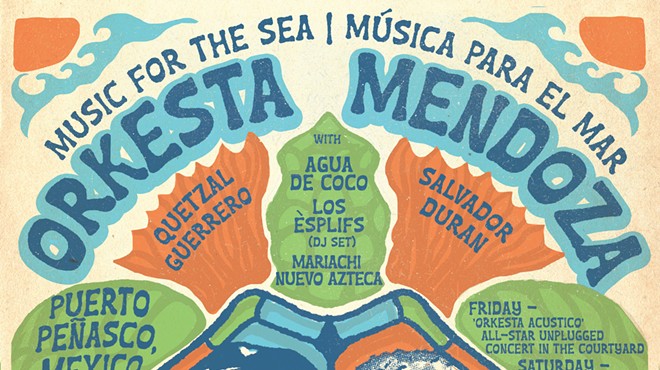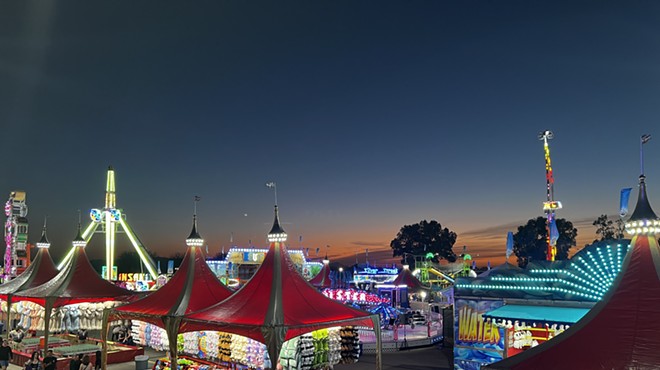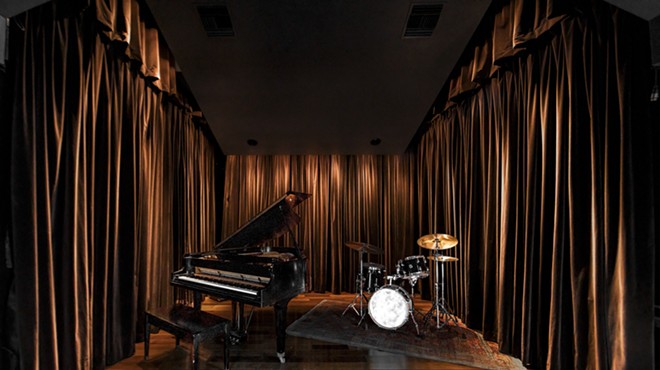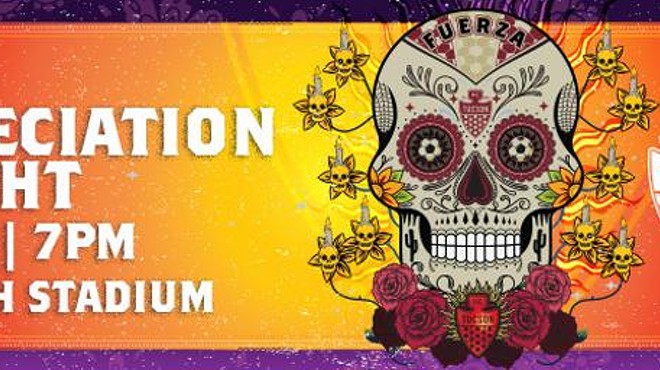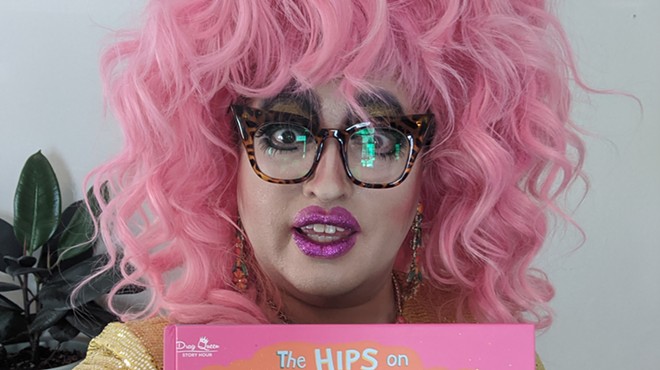Thursday, November 3, 2016
Celebrate Life and Death This Weekend at the All Souls Procession
Take a look around the city and you’re sure to find that Tucson is an immense melting pot that highlights cultures from all over the world. Whether you find that in food, religion or cultural events there’s one day of the year that displays the colorful palette of Tucson’s residents right in the heart of downtown.
While many see the All Souls Procession as a local Dia de los Muertos, the two-decade-long tradition is meant to be inclusive of all cultures in the community rather than a spin-off of the Mexican holiday, according to Melanie Cooley, a long-time participant and volunteer coordinator for the procession.
“The procession doesn’t endorse a culture,” Cooley said. “Every culture has its own traditions of honoring the dead and some cultures have healthier traditions than others. One of the reasons that the procession exists is because Anglo, Euro-American culture doesn’t have healthy traditions for remembering the dead.”
The first procession started back in 1990 by local artist Susan Johnson. At the time, Johnson was grieving the loss of her father and wanted to find a unique way to celebrate his life. The procession started out small, with just a few local artists, but soon blossomed into a large parade when participants joined by the hundreds and now thousands.
With more than 100,000 people attending the procession over the last couple of years, Cooley said volunteers have been able to make the experience bigger than ever while staying true to the main cause: celebrating life and death.
Every year, procession director Nadia Hagen chooses a central theme for the evening. This year’s theme revolves around predator and prey in a way to identify the crucial relationship between the two and how they both rely on one another.
“Our theme this year is the hunter and the hunted, and finding the relationship of humans in that cycle, that vital relationship because we are both predator and prey,” Cooley said. “Death feeds life. We who live are dependent on death. The death of other beings literally feeds the food we eat.”
The volunteers mingling throughout the crowd will dress as various types of predator and prey, ranging from cattle to wolves. Every year, urn bearer is presented with a custom-made sculpted mask that reflects the theme procession. This year, the bearer will wear a jaguar mask to reflect a Central American myth that portrays the animal as guardian of the underworld.
Cooley’s costume in particular has a special connection to the people she works with and the struggles their culture is facing.
“My costume is based on a Saudi gazelle that went extinct in the 2000s (because) it was hunted,” Cooley said. “I chose that in particular because I’ve been spending a lot of time with Syrian refugees here in Tucson. My whole costume will be honoring them.”
Now approaching its 26th year, the procession still has strong ties to the art community and what it has to offer. Both international and local art installations will take the finale stage to close out the show and remember lives across the globe.
Ozlem Ozgur’s art installation When Children Die, They Do Not Grow, now in its second year at the procession, will feature 504 ceramic shoes that represent all of the children who were killed in 2009 during the Lebanese incursion. Artist Donald Cooley will debut his Zeitlangers Fallen Soldier Memorial at the finale to commemorate more than 12,000 U.S. service members killed in Iraq and Afghanistan.
It’s not just the art that brings a new life to the procession. The experiences that participants bring with them ensure no two processions are alike. Eva Peña, a three-year procession volunteer, said with each new year, new experiences are to be had from different reasons people are walking.
“Depending on the kind of loss and the things are happening that year, you’ll see something different,” Pena said. “I’m actually hoping to see something for Prince because that was really impactful for people.”
Peña participated in her first procession in 2010 and became a volunteer three years later. She started out as an ambassador to explain the purpose behind the urn and now she serves as an urn attendant and takes belongings from participants to be burned at the end of the procession.
For her, every year is a time to learn something new either about herself or about the community.
“Since being involved in the procession, I’ve been involved in this community that I didn’t even know existed,” Peña said. “I’ve seen it help people that I didn’t know it could help.”
And that’s another aspect of the long-standing tradition has to offer, a sense of self understanding. It’s something Peña herself experienced after she went for the first time six years ago. She was able to look at death with a new perspective and cope with loss in a different way than just sadness, which is really what the whole procession aims to do.
Peña said that dealing with death was “really hard” when she was younger. “I feel that doing this every year, being a part of it and helping other people get to that point is what has changed for me.”



